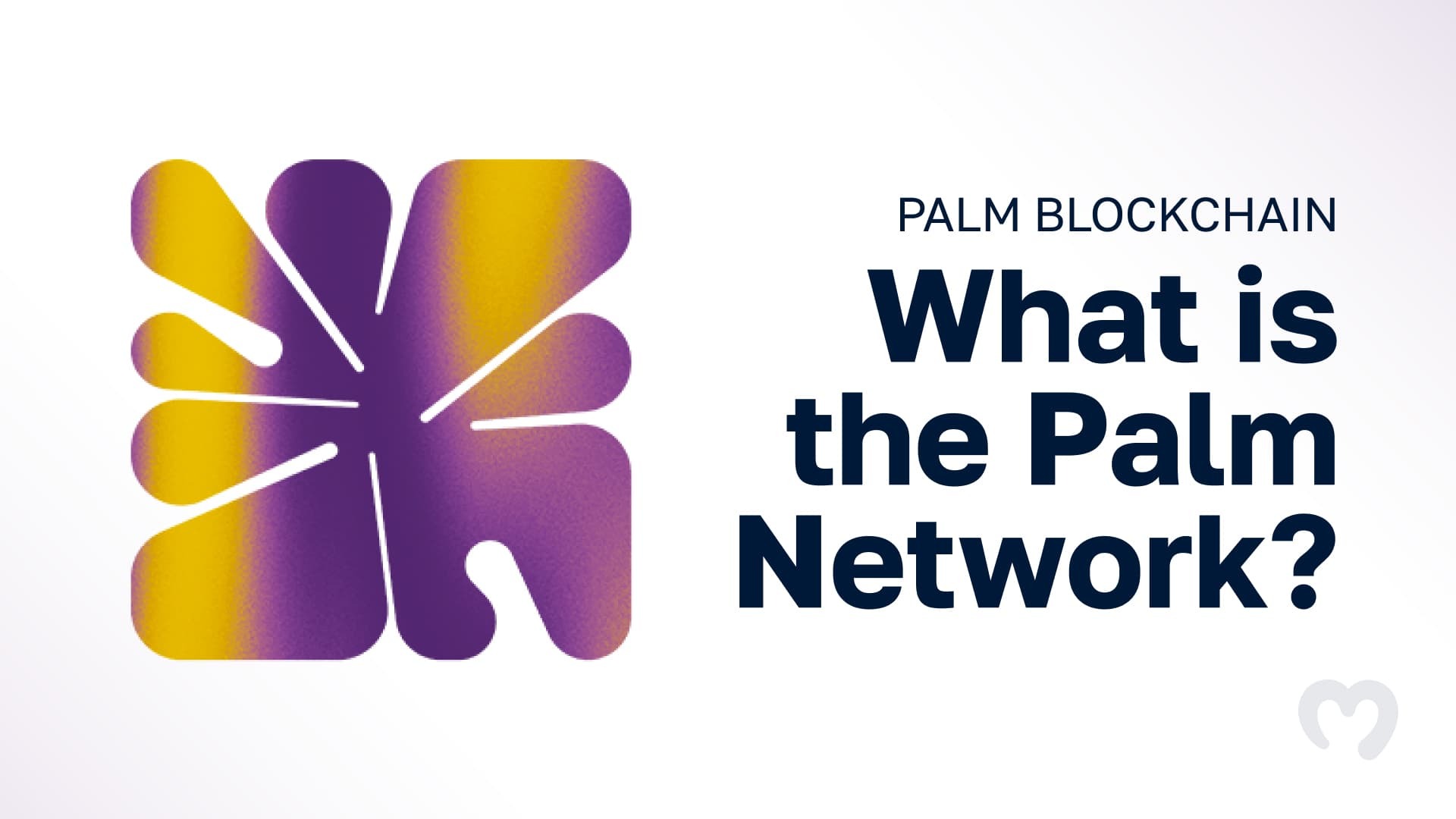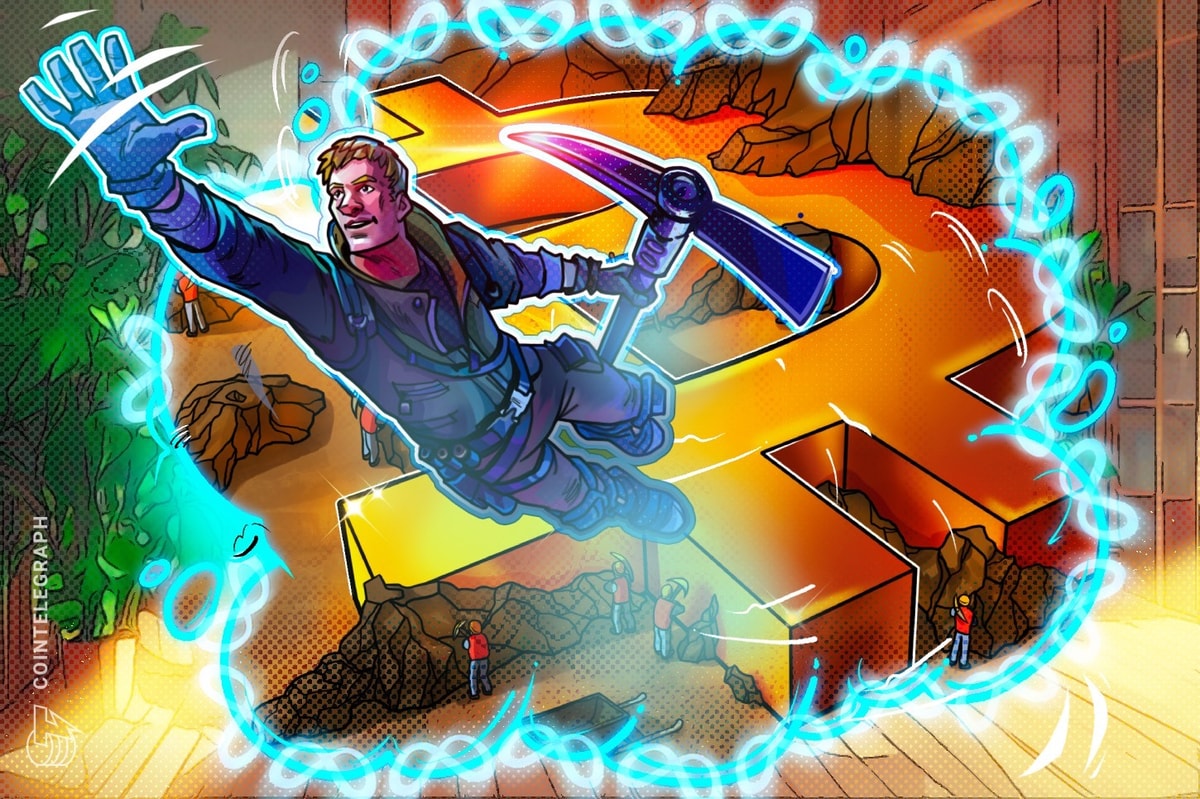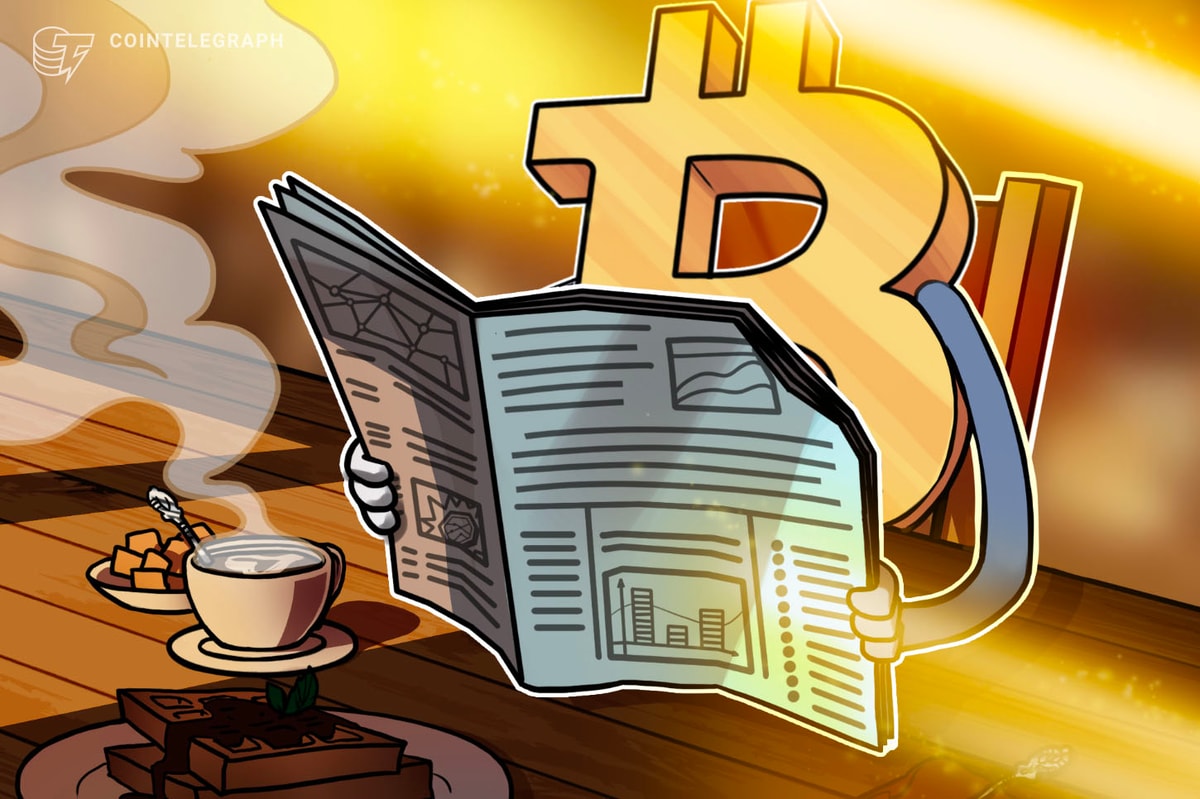NFTs, or non-fungible tokens, inspired the creation of the Palm network. Furthermore, the Palm blockchain network is poised to be quite the game-changer for NFT creators. However, many are unfamiliar with this newly launched network and wonder, “what is the Palm network exactly?”. If you’re one of those people asking yourself this, then you’re at the right place!
Moving forward, we’ll cover the ins and outs of the Palm blockchain network to help you determine if you should consider it for your projects. We’ll also explain the simplest way to fetch on-chain NFT data from Palm. After all, a reliable NFT API is the key to building NFT dapps (decentralized applications) the easy way on this NFT-focused network or any other blockchain. In fact, when it comes to building NFT-related projects, or any other dapps, Moralis and its suite of Web3 APIs enable developers to build quickly and easily. Hence, Moralis is your go-to option. With that said, let’s dive into the “what is the Palm network?” question.
What is the Palm Network?
According to Palm’s official website, Palm is an NFT (non-fungible token) ecosystem for culture and creativity. They proudly point out that their developers built the ecosystem efficiently with Ethereum. As such, it’s worth pointing out that Ethereum was the first and continues to be the leading programmable blockchain. Furthermore, keep in mind that Ethereum switched from its proof-of-work (PoW) consensus mechanism to proof-of-stake (PoS) in September 2022 (The Merge). This Ethereum update was significant as it made the leading development blockchain much more energy-efficient. The latter is important because Palm states that together with some of the biggest names in fine art, crypto art, and entertainment, their team is building a new creative studio and NFT platform on Ethereum that is both scalable and sustainable.
Furthermore, Palm NFT Studio – the company behind the Palm network – stresses the importance of creativity. Their goal is to bring projects and platforms into the Palm ecosystem. To do so, they aim to support and collaborate with creatives, artists, marketplaces, and rights holders.
Moreover, the important aspects of the “what is the Palm network?” discussion are also flexibility, low gas, and high energy efficiency. According to “palm.io“, devs designed the Palm blockchain network to be as flexible as artists are creative. In addition, aside from low gas fees, this NFT-focused network promises rewards for both creators and participants. As far as energy efficiency goes, the team behind this project claims that the Palm blockchain is 99.9% more efficient than PoW-based blockchain networks. Thus, the Palm network provides artists with a more sustainable solution.
Is Palm a Blockchain?
As “Palm blockchain” in the title suggests, the Palm network is an actual blockchain; however, it is not a layer-1 (L1) chain. Instead, it is an Ethereum sidechain. This blockchain’s main purpose is to serve as the foundation of a new scalable and sustainable ecosystem for NFTs. Furthermore, unlike layer-2 (L2) blockchains, which inherit the security of the main blockchain, sidechains rely on their own security. As such, Palm has its own consensus method. Specifically, the Palm network uses the IBFT-2 consensus mechanism, a rotating proof-of-authority (PoA) method. Moreover, key stakeholders run network validators. The goal is to expand the initial group of validators for the Palm network over time by adding additional validators. This will further increase the resilience of the network.
The two chains – Ethereum and Palm – are connected by a bridge that facilitates the movement of tokens. In addition, this sidechain is fully EVM-compatible. Hence, it supports the same tools as the Ethereum chain. Accordingly, devs on Palm can also deploy smart contracts written in the Solidity programming language.
Nonetheless, “palm.io” also mentions that Palm’s roadmap includes a transition to an Ethereum layer-2. However, the long-term vision is to make Palm a leading cross-chain NFT ecosystem. Though, at this stage, Palm is designed by – and for – Ethereum developers. Moreover, as pointed out previously, this chain’s main features include low gas costs and fast transaction finality. Plus, the chain already has a solid record. After all, Palm’s “About” page reports that devs have already minted more than three million NFTs on the network. In addition, there are already more than a million Palm wallet addresses with over four million transactions.
So, what is the Palm network? In short, it is an Ethereum sidechain dedicated to selling, purchasing, and trading NFTs.
What is the Palm Network and Chainlink Collaboration All About?
According to Palm’s blog, the Palm network actively collaborates with Chainlink Labs. Their collaboration aims to improve and simplify how enterprises issue NFTs across blockchains. Essentially, Chainlink Labs will be supporting the further development and growth of this NFT-focused network. Furthermore, this collaboration is set to be the key to creating a multi-chain NFT abstraction layer. The latter will enable enterprises to track, monitor, and manage NFTs.
Let’s mention that Chainlink Labs is the development team involved in building the most widely adopted open-source and decentralized oracle network – Chainlink. As such, this collaboration also validates the long-term viability of NFTs.
As part of this collaboration, the Palm network is also integrating several Chainlink oracle services. These services include Chainlink VRF for a verifiable random number generator (RNG), Chainlink Price Feeds for exchange rates, and CCIP for cross-chain interoperability.
Who Uses the Palm Network?
If you read the above sections, you can now answer the “what is the Palm network?” question. As such, you also know that currently, the Palm network is primarily used by NFT (non-fungible token) developers. So, basically, it enables various projects that want to create NFTs efficiently to deploy NFTs to the Palm network. Also, as pointed out previously, developers get to use Ethereum dev tools. Hence, technologies and tools such as Solidity, MetaMask, Hardhat, Truffle, Remix, OpenZeppelin, and others play a vital role.
On “palm.io“, we find a vast network of partners to Palm, including:
- Consensys
- MetaMask
- Protocol Labs
- Wyre
- Covalent
- ChainSafe Systems
According to Palm, its partners, including the ones above, help deliver the full NFT experience on Palm.
As you may know, there are many aspects to creating dapps. However, unlike a couple of years ago when you had to build your own backend infrastructure, you can now use quality Web3 APIs to cover blockchain-related backend functionalities easily. Moreover, this is where Moralis’ NFT API, Streams API, Web3 Auth API, and other APIs make a world of difference. As the best enterprise-grade Web3 API provider, Moralis makes dapp development as straightforward as it gets. As you might have guessed, Moralis supports the Palm network.
How Developers Can Use the Palm Blockchain Network with Moralis
As mentioned above, Moralis is all about cross-chain interoperability. It supports all leading EVM-compatible blockchains, including the Palm network. As such, you can use Moralis’ APIs to create dapps that focus solely on Palm or on multiple chains.
Moralis is also cross-platform interoperable. As such, you get to create dapps on Palm or any other of the above chains (as seen in the above image) using legacy dev platforms. This is why Moralis is known for bridging the development gap between Web2 and Web3. After all, it enables you to use the tools you know and like to join the Web3 revolution, even with little Web3 knowledge. For instance, if you are JavaScript-proficient, you can have your first dapp ready in minutes.
Furthermore, Moralis provides you with top-notch documentation, which includes tutorials that can help you start creating killer dapps. This is where you get to learn how to put Moralis’ Web3 APIs to proper use. In most cases, it’s as simple as copy-pasting a single line of code. When it comes to specifying the Palm network, you use “EvmChain.PALM” or “11297108109” (chain ID).
If you are interested in putting your knowledge to use after reaching this far in your “what is the Palm network?” journey, create your free Moralis account and start building. Feel free to take each API endpoint for a spin using the API reference doc pages, such as the get NFTs by wallet endpoint’s documentation page:
As the above screenshot demonstrates, you need to select the Palm chain to query this NFT-focused blockchain. Moreover, do not forget to paste in a wallet address that has some NFTs on the Palm network. Furthermore, as you can see on the top-right side, every API reference page enables you to select the programming language you prefer to work with.
Additional Shortcuts to Develop Dapps on the Palm Network
Moralis’ Web3 APIs are shortcuts that can help you reduce your project’s time-to-market by more than 87% and, in turn, save you a ton of money in engineering costs. However, there are additional shortcuts that can help you have all sorts of NFT dapps up and running in minutes. They come in the form of our countless boilerplates that await you at GitHub. For instance, with one of the templates, you can build an NFT-gated dapp quickly and easily.
Note: If you have further interest in NFT development, understanding how to get all NFTs owned by an address is of utmost importance. If you’d like to learn that process, make sure to check out the previously linked article.
Moreover, the most universal boilerplate on GitHub is our Ethereum boilerplate, which also supports NFTs by default:
As such, make sure to learn how to create a decentralized website on Ethereum. Then, simply add Palm as one of the chains to focus on, or replace “ETHEREUM” with “PALM”.
Nonetheless, note that you’ll want to add Palm to your MetaMask wallet (if nothing else, to test your dapp). Even though MetaMask made it easy to add this NFT-focused network to their wallet, make sure to follow the detailed instructions provided in the Palm documentation. Essentially, you just need to click on the “Add network” button and then select “Palm” (you may need to search for it). Moreover, you can also use the Palm app to help you with that:
In addition, the Palm documentation, the Palm app, and Palm’s official website are also great places to learn more about the PALM token and transferring DAI from Ethereum to Palm. To do the latter, you need to use the Palm bridge. Also, aside from a token bridge, the Palm app offers an NFT bridge:
Palm Blockchain – What is the Palm Network? – Summary
In today’s article, we did our best to answer the “what is the Palm network?” question. If you covered the above content, you now know that it is an emerging NFT ecosystem, which also includes its own blockchain. In addition, you also learned that the Palm chain is not an L1 (layer-1) chain but an Ethereum sidechain. As such, you know that Palm has its own PoA consensus mechanism.
Furthermore, we explained who mainly uses this emerging network and why it might be smart to have it on your radar. Nonetheless, we also told you that NFT dapps (decentralized applications) play a significant role when it comes to utilizing NFTs. Moreover, we explained how Moralis can help you create excellent NFT dapps using your legacy dev skills. As such, you now know that you only need a free Moralis account to start tackling tutorials that await you in the Moralis documentation.
On the other hand, you might already have a serious NFT project in mind – one that could greatly benefit from Moralis’ service. If so, make sure to reach out to our 24/7 worldwide support by filling out your request at the bottom of our scalable Web3 infrastructure page.
Make sure to further expand your blockchain development knowledge by exploring the Moralis YouTube channel and the Moralis blog. Both of these outlets cover countless topics. Some of the latest articles focus on blockchain infrastructure companies, blockchain infrastructure as a service, Web3 webhooks, Web3 AWS Lambda, and much more. Of course, you may also take a more professional approach to your crypto education. In that case, enrolling in Moralis Academy might be the right next step for you. If so, we recommend starting with blockchain and Bitcoin fundamentals.
Read More: moralis.io









 Bitcoin
Bitcoin  Ethereum
Ethereum  Tether
Tether  XRP
XRP  Solana
Solana  USDC
USDC  Dogecoin
Dogecoin  Cardano
Cardano  TRON
TRON  Lido Staked Ether
Lido Staked Ether  Wrapped Bitcoin
Wrapped Bitcoin  Sui
Sui  Chainlink
Chainlink  Wrapped stETH
Wrapped stETH  Avalanche
Avalanche  Stellar
Stellar  Shiba Inu
Shiba Inu  LEO Token
LEO Token  Hedera
Hedera  Hyperliquid
Hyperliquid  Bitcoin Cash
Bitcoin Cash  Toncoin
Toncoin  Litecoin
Litecoin  Polkadot
Polkadot  USDS
USDS  WETH
WETH  Pi Network
Pi Network  Monero
Monero  Wrapped eETH
Wrapped eETH  Bitget Token
Bitget Token  Pepe
Pepe  Binance Bridged USDT (BNB Smart Chain)
Binance Bridged USDT (BNB Smart Chain)  Ethena USDe
Ethena USDe  Coinbase Wrapped BTC
Coinbase Wrapped BTC  WhiteBIT Coin
WhiteBIT Coin  Bittensor
Bittensor  Uniswap
Uniswap  Dai
Dai  NEAR Protocol
NEAR Protocol  Aptos
Aptos  Aave
Aave  OKB
OKB  Ondo
Ondo  Jito Staked SOL
Jito Staked SOL  BlackRock USD Institutional Digital Liquidity Fund
BlackRock USD Institutional Digital Liquidity Fund  Cronos
Cronos  Internet Computer
Internet Computer  Ethereum Classic
Ethereum Classic